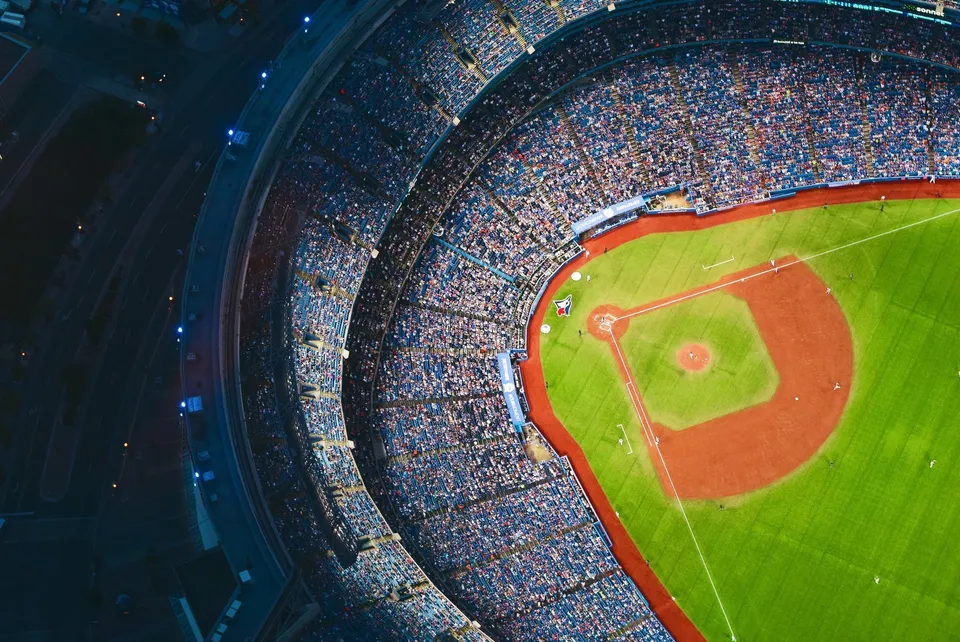Who Is Responsible for Spectator Injuries at Sporting Events?
- March 7, 2021 @ 2:16 pm
- Written by adminjbwp
- Categories: Lawsuits | Legal Advice | Liability

Sporting Events Injuries
In March of 2002, a 13-year-old girl died after being struck in the forehead by a puck during an NHL game between the Columbus Blue Jackets and the Calgary Flames. A lawsuit in New York County Court claims Major League Baseball commissioned a study in 2005 by the Baseball Research Center at the University of Massachusetts-Lowell, and researcher James Sherwood found that that ash bats typically crack when they break, while maple bats generally “break apart or explode.” Based on this study, Major League Baseball decided, in 2007, to require “all their approved maple bat suppliers to increase their liability coverage from $1 million to $10 million dollars,” the complaint states. In January of 2009, a monster truck accident killed a monster truck show promoter, days after a child was killed at show in Tacoma, Washington. In April of 2009, NASCAR fans were injured while watching a race at Alabama’s Talladega Superspeedway, when a last-lap crash sent a car airborne and into a “catch fence” in front of the stands. Although the car landed back on the track, some debris from the crash made it through the fence and into the crowd, causing injuries to 7 spectators. In June of 2010, sixteen people, including two policemen, were injured after being crushed by the crowd outside a South African stadium hosting a World Cup warm-up game between Nigeria and North Korea.
Who Is Liable?
These incidents raise questions about spectator safety at sporting events and legal liability for fan injuries. Spectator safety at sporting events comes down to a balance between risks that are inherent in the sport, because the venue has no known duty to protect the spectator in relation to risks in the sport, and reasonable steps the event holder, stadium owner, and/or team can take to protect spectators from harm. These venues could make the exhibition of their sports safer for fans, but it’s generally seen by owners that fans don’t want them to do that, to take those precautions, because they want unobstructed views of the action.
The most common defense raised in response to sporting event injuries is assumption of risk – meaning a sports spectator knew there was the danger that they could get injured in the way that they did. In fact, liability releases are commonly found on the back of a sporting event ticket supporting the argument that the act of buying a ticket is enough to abolish or limit the liability of another for a sport spectator’s injury.
